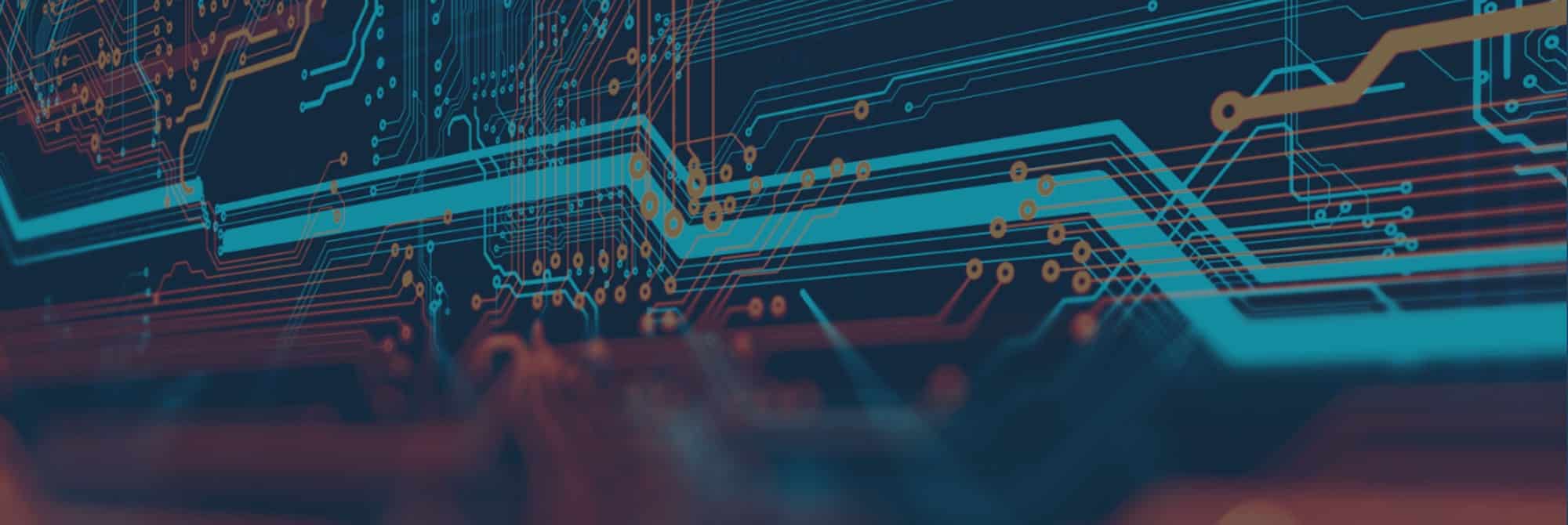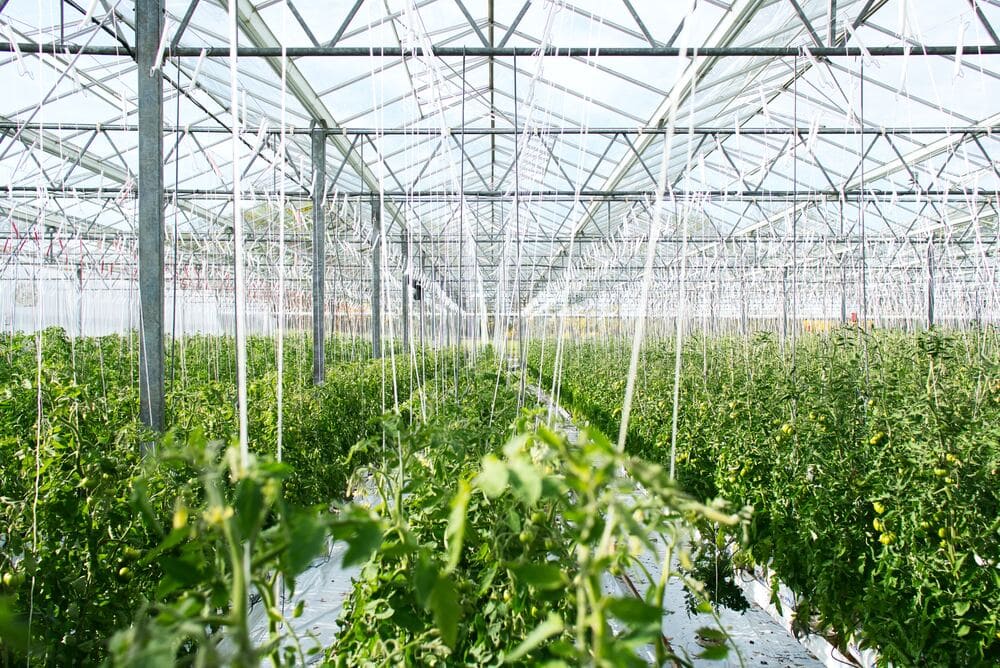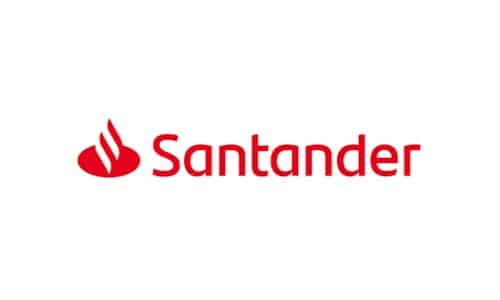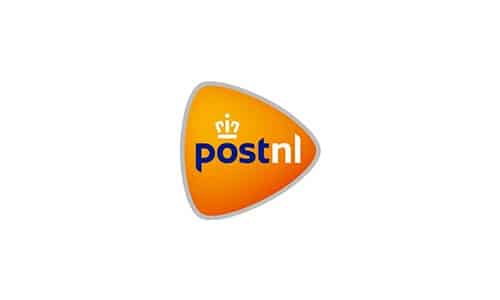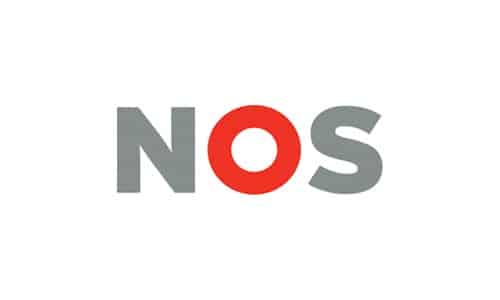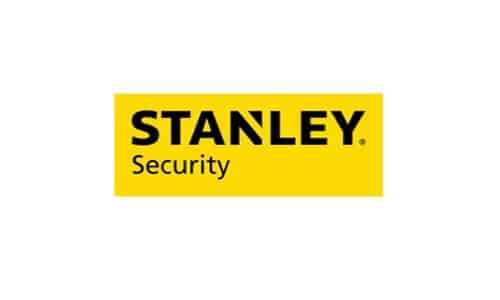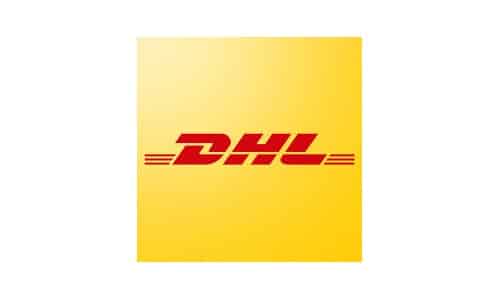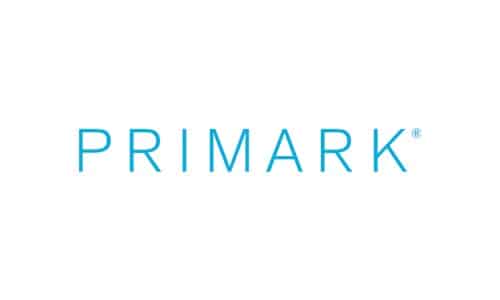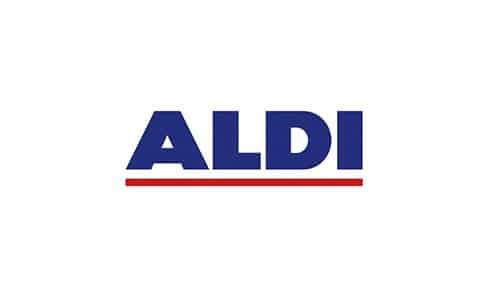IoT in Agriculture: The Benefits of IoT in Farming
In this article we will discuss how IoT can be used in various agricultural scenarios and the benefits of IoT for farming. Discover how IoT in farming can help increase production quality, lower operating costs and provide real-time insights for crops and livestock.
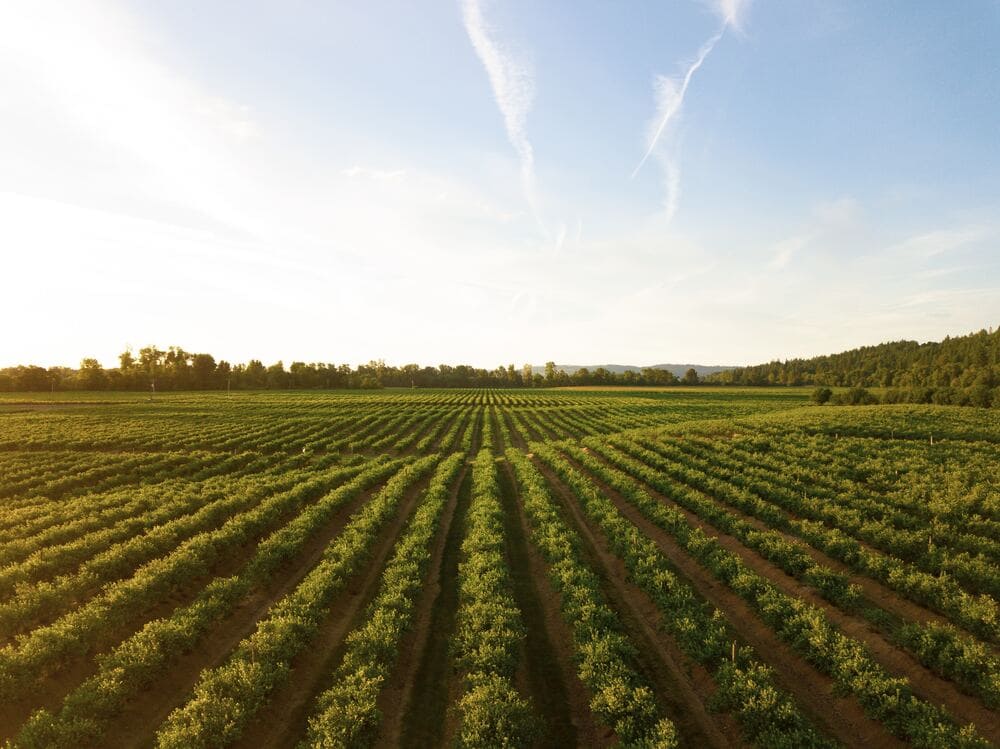
IoT Smart Farming: Improving Crop Yields and Efficiency
IoT data collection devices can be used in the agricultural field to collect real-time data via wireless connections. These IoT devices have been optimized for various farming scenarios and can be used to analyze crop, soil, livestock, and climate data.
Smart farming IoT devices offer custom parameters and alerts to ensure optimal conditions for crop growth, yield and efficiency. Furthermore, smart IoT in farming offers rich data collection and cloud analysis functions. This allows farmers to use IoT to monitor their business, environmental conditions and animal wellbeing over time.
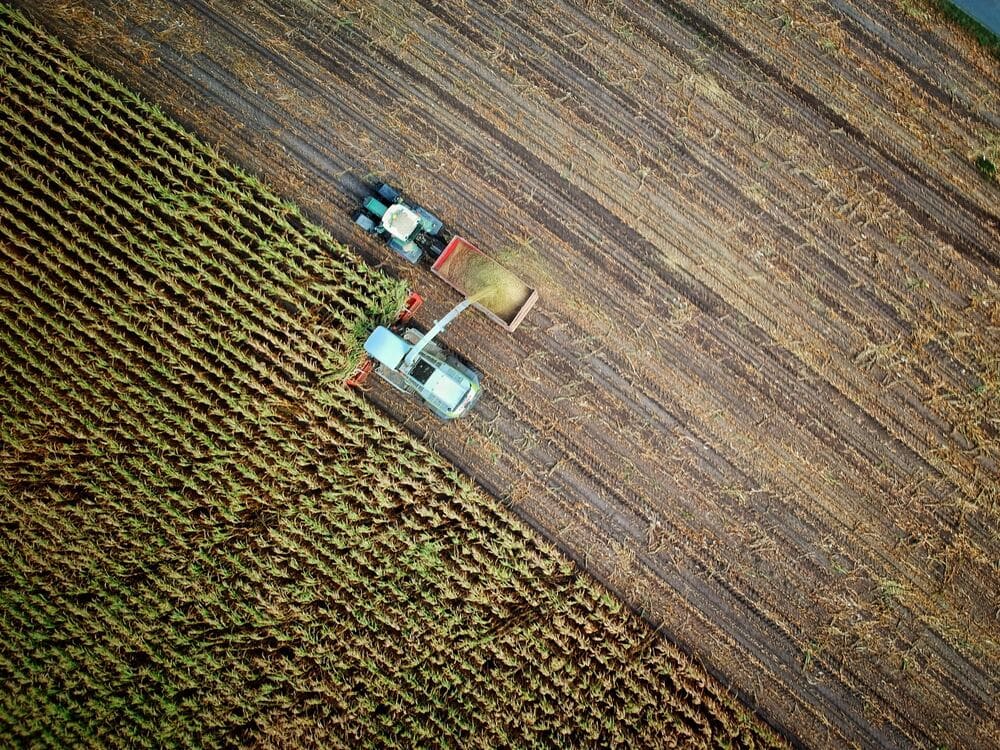
IoT Applications in Agriculture: Enhancing Livestock monitoring and management
IoT can help farmers in enhancing livestock management. Many farmers use IoT to ensure optimal climate and living conditions for animals. IoT can be used to monitor nitrogen output of livestock and to ensure environmental requirements are met.
IoT can help monitor the living conditions in the animal barn, which can increase the life and well-being of the livestock. IoT devices can monitor and control animal feeding plans. Farmers may also follow their animals with smart IoT tracking devices. Smart IoT in farming can significantly help to reduce operating costs and improve efficiency.
Smart Agriculture IoT: Making Farming More Sustainable
The global climate is changing and farmers are under pressure to adjust their business accordingly and become more sustainable. Smart IoT in agriculture can help farmers in many different ways to cope with these new challenges.
IoT sensors can help reduce overall water consumption. Smart IoT will support farmers in reducing the use of chemicals, due to live monitoring and optimization of pesticides use.
IoT sensors on the farming land and in the soil will report on real-time conditions and when there is a need for additional composting. Farmers know exactly when and how much composting is required to achieve the best fertilization and soil conditions for crops to flourish.
Agriculture IoT Sensors: The Future of Farming
What are several types of agriculture IoT sensors for smart farming? Below is a list of 5 types of smart IoT farming sensors for agriculture:
Light sensors
To measure variations in light for optimal soil and planting conditions.
Chemical sensors
Provide information on soil nutrient conditions.
Moisture sensors
To measure moisture in the ground and monitor rain conditions.
Wind sensors
To measure desired minimum airflow in the field or in greenhouses.
Electric sensors
Real-time monitoring of crops and animals via smart cameras with temperature, sound and motion detection.
Greenhouse Automation and Climate Control
Greenhouse farming requires automated, carefully controlled and monitored climate control. In order to achieve high quality crop yields and optimum efficiency, greenhouse farmers need to control temperature, humidity and other factors. Here are 5 ways how greenhouse farmers can benefit from IoT.
1) Remote monitoring: IoT sensors can monitor the living conditions of greenhouse crops remotely. Farmers are automatically notified if something needs to be adjusted.
2) Water & fertilizer: IoT sensors can help determine the perfect moment and quantities for both water and fertilizer, to be sent to the right crops in a particular part of the greenhouse.
3) Automation: IoT sensors in greenhouses reduce the amount of physical labor in the, which can lead to cost savings and improve overall efficiency.
4) Machine learning: IoT sensors provide real-time and historical data on greenhouse crops. This data is processed and analyzed in an IoT cloud. Via machine learning and automation, farmers can further optimize greenhouses and achieve energy savings.
5) Health: Greenhouse IoT sensors can help farmers in monitoring plant and crop health. Early detection of diseases can help to reduce risk of spread to other plants.
Smart Irrigation and Water Management
IoT technology can be used to optimize irrigation and water management. IoT technology in water management may reduce water consumption and increase crop yields, by monitoring soil moisture and weather conditions in real-time.
Some of the key benefits of implementing IoT water management solutions for farming are remote control, individual schedules and improved analytics for weather. By using IoT services in irrigation systems, farmers can better manage water expenses and improve crop yield while minimizing water waste.
Automated Equipment and Machinery Management
IoT technology can be used to automate and optimize the use of farming equipment and machinery. This reduces downtime and maintenance costs while increasing efficiency and productivity. Here are a 7 examples of how IoT can be implemented in farming equipment:
1) Agriculture drones: For monitoring soil and crop health.
2) Fertilization equipment: Determine the right quantity and composition of ingredients.
3) Irrigation systems: Controlling irrigation and reducing water usage.
4) Harvesting equipment: Monitoring tractors and notify when maintenance is required.
5) Storage silos: Controlling the quantity and climate in the storage silos.
6) Livestock control: Monitoring, locating and geofencing livestock.
7) Automated greenhouses: Reducing labor costs by automatic crop monitoring and irrigation.
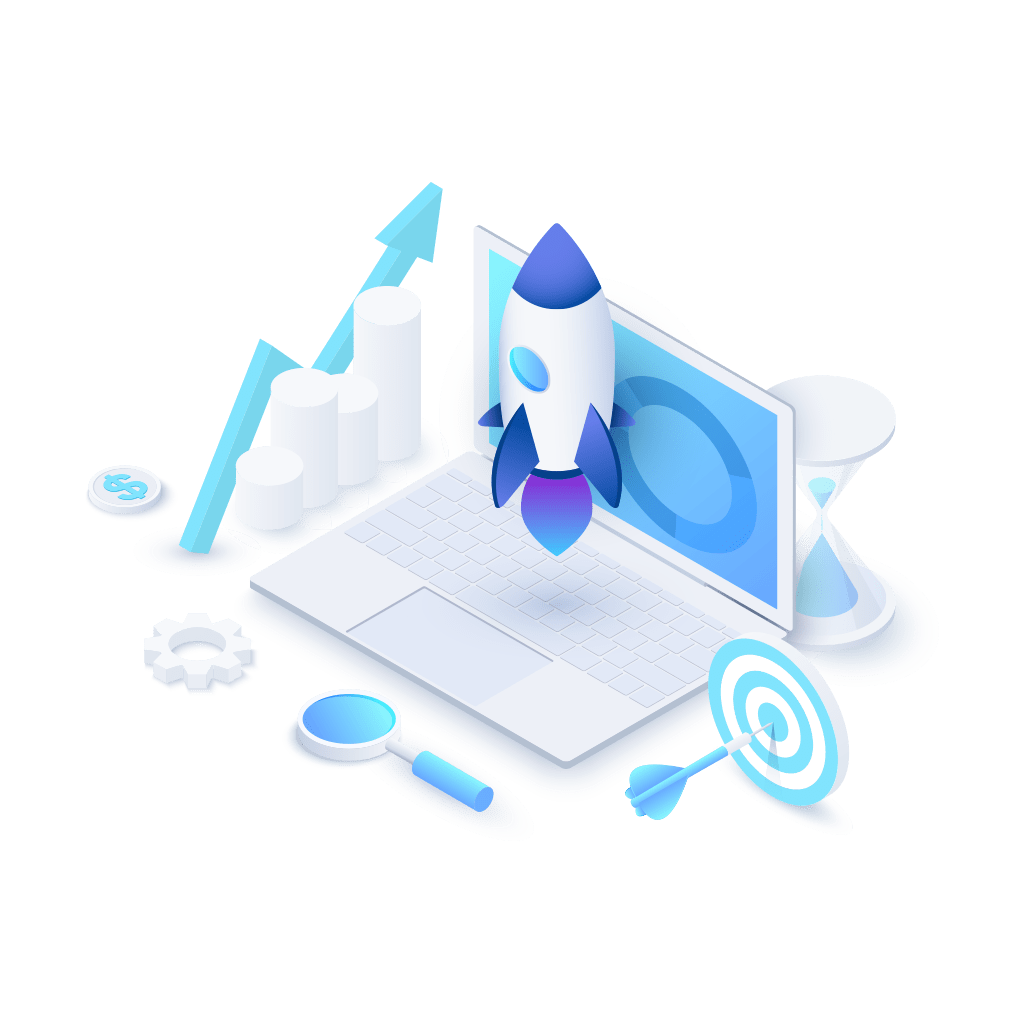
Looking for a provider of IoT for agriculture?
If you are interested in discovering what IoT can do for your farming business, then contact a specialist in IoT agriculture solutions.
TNF Solutions is a global provider of IoT solutions with a long experience and deep understanding of IoT agriculture and farming technologies. TNF Solutions provides connectivity and can also support your farming business with specific IoT application development.
Contact us to learn more about our exciting IoT agriculture and smart farming customer use cases. Together we can help you gain a new competitive edge in agriculture with improved efficiency, higher quality and reduced costs thanks to our smart farming IoT solutions.
Of course, you can call us directly or mail sales@tnfsolutions.com
